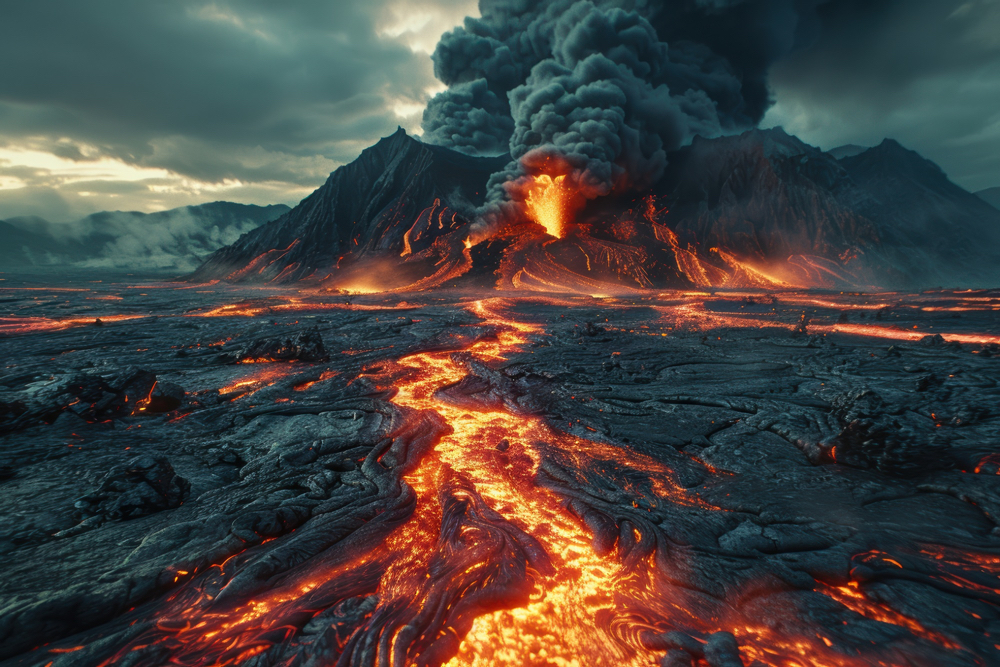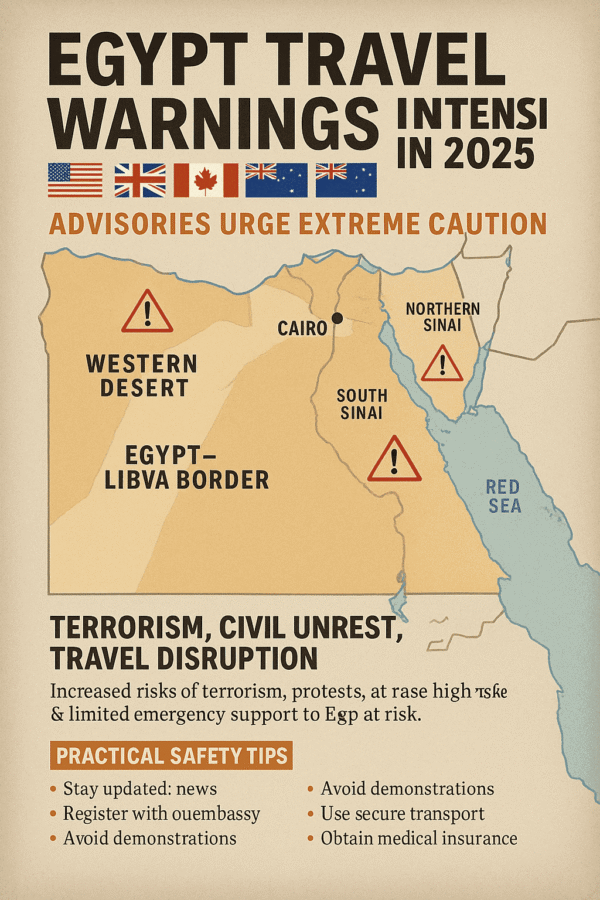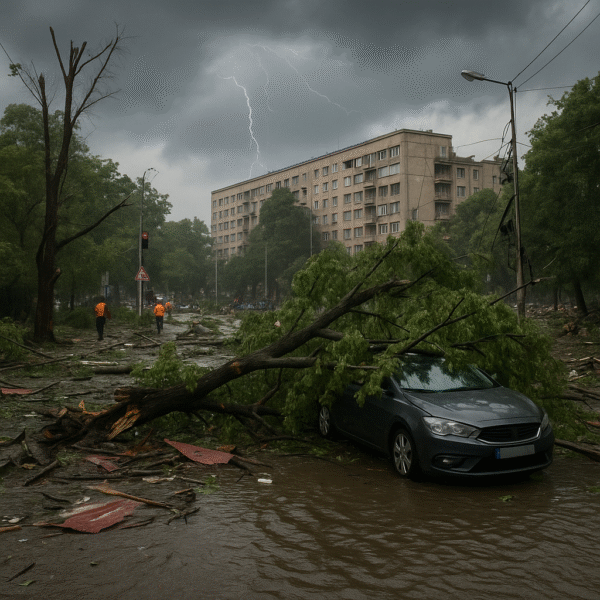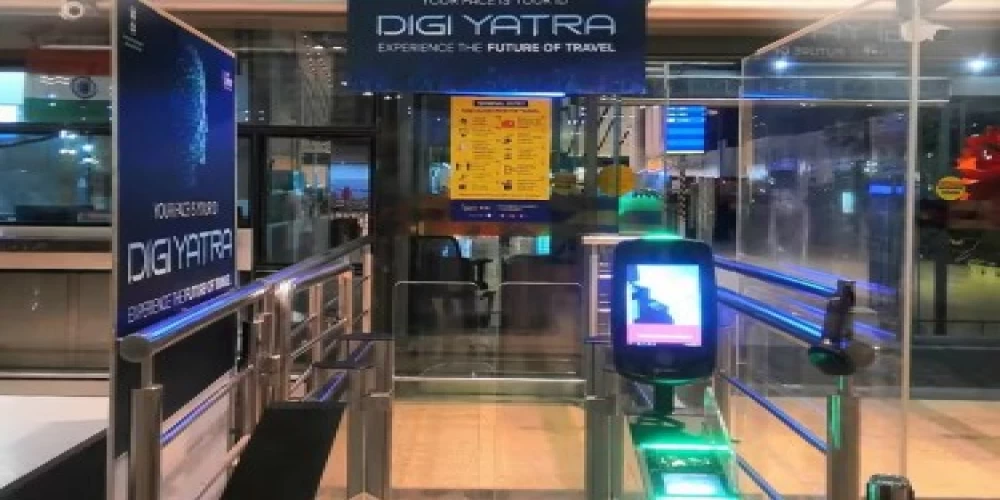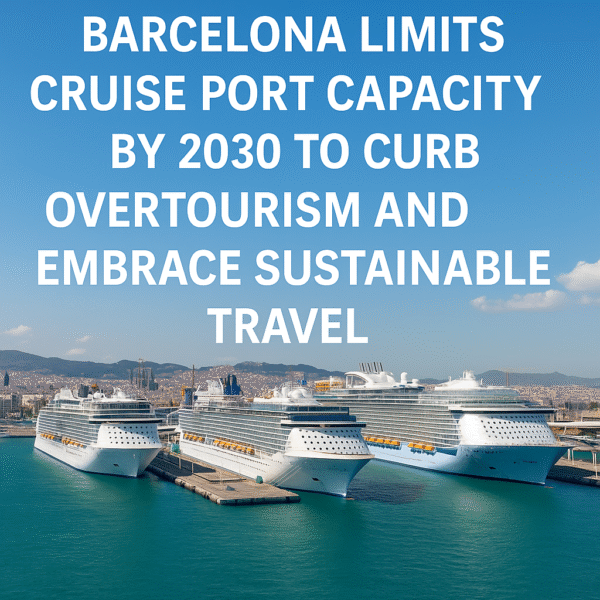The United States is facing an unprecedented wave of travel disruptions in 2025 as flash flood warnings skyrocket across the nation. According to Iowa State University’s Environmental Mesonet, over 3,000 flash flood warnings were issued by the National Weather Service (NWS) from January 1 to July 15—a record-breaking figure that underscores the growing impact of climate change on U.S. infrastructure and tourism.
Flash floods, which occur suddenly following intense rainfall, are among the most dangerous and destructive types of natural disasters. In 2025, these events have devastated regions across the country, severely affecting the tourism industry, displacing communities, and causing billions in damage.
Travel Infrastructure Overwhelmed by Extreme Rainfall
The dramatic increase in flash flood warnings coincides with an uptick in “1-in-1,000-year” rainfall events—rare storms with a statistical probability of just 0.1% in any given year. In June alone, the U.S. was hit by four such eventswithin a single week, straining stormwater systems and crippling local transportation networks.
One of the most extreme cases unfolded in West Virginia, where sudden downpours in Ohio County dumped up to four inches of rain in just 30 minutes. The flash flooding claimed at least nine lives, highlighting how swiftly these events can overwhelm emergency services.
In Central Texas, the Hill Country region experienced a similar catastrophe. The Guadalupe River surged over 20 feet in 90 minutes, claiming the lives of at least 120 people and forcing mass evacuations. The state’s tourism sector, heavily reliant on summer travel, has suffered major losses due to widespread road closures and evacuations.
New York City and Beyond: Urban Areas Also Hit Hard
Urban centers haven’t been spared. In New York City, Central Park recorded more than two inches of rain in a single hour—the second-highest one-hour total ever. The downpour shut down subways, disrupted air travel at LaGuardia and JFK airports, and flooded key tourism districts.
City officials reported extensive damage, and the storm served as a stark reminder that even world-class cities are ill-prepared for climate-intensified weather patterns. In New Jersey and New York alike, emergency management agencies have ramped up efforts to distribute preparedness guides and flash flood response plans to residents and tourists alike.
Technological Advances vs. Climate Reality
Experts emphasize that while improvements in weather forecasting technology have enabled faster issuance of flood warnings, the rate at which these warnings are now required points to deeper systemic problems.
“We’re dealing with an atmosphere that holds more moisture and delivers more intense rainfall,” says Russ Schumacher, Director of the Colorado Climate Center. “As the planet warms, flash flooding is no longer an occasional crisis—it’s a persistent threat.”
Meteorological tools such as Doppler radar and satellite data have helped the NWS issue more precise and timely alerts, but infrastructure and emergency protocols often lag behind. According to Dr. Amir AghaKouchak, Director of the Center for Hydrometeorology and Remote Sensing at UC Irvine, “Technology helps us see the danger coming, but we still lack the resilience to properly respond.”
Widespread Impacts Across the U.S.
Flash floods have caused massive travel delays and tourism losses in other hard-hit states:
- In New Mexico, three lives were lost in the village of Ruidoso following days of torrential rainfall, underscoring that even typically dry areas are now vulnerable.
- North Carolina and Illinois have also suffered infrastructure failures, closed highways, and forced cancellations of festivals and events central to their summer tourism economy.
- In New Jersey, emergency responders were overwhelmed by urban runoff that submerged roadways and homes, particularly in Passaic and Bergen counties.
These widespread flash floods have put enormous pressure on state and federal disaster response systems, with FEMA issuing multiple declarations of emergency across impacted areas. The travel industry, already struggling with post-pandemic recovery, is now facing climate-related operational volatility at an unprecedented scale.
Urgent Need for Climate-Resilient Infrastructure
The 2025 surge in flash flood warnings is more than a seasonal anomaly—it is a signal that climate adaptation can no longer be delayed. The U.S. Travel Association has urged policymakers to prioritize flood-resilient infrastructure investments, especially in tourism-heavy regions vulnerable to storm surge and flash flooding.
Programs such as FEMA’s Building Resilient Infrastructure and Communities (BRIC) initiative are being called on to accelerate funding to harden critical tourism infrastructure—from highways and airports to coastal hotels and national parks.
Raising Awareness and Preparing Tourists
With flash floods affecting both rural towns and urban hubs, public education campaigns are becoming an essential line of defense. Travelers are now being urged to monitor NWS alerts, heed evacuation warnings, and plan itineraries with weather unpredictability in mind.
Apps like FEMA Mobile, NOAA Weather Radar, and AccuWeather are being recommended by emergency services to help both residents and tourists stay informed in real time.
Looking Ahead: Climate Change and Tourism
As extreme weather events continue to reshape the U.S. tourism landscape, the industry must adapt or face rising disruption. From investing in stormwater management to training tourism workers in disaster response, the travel sector will need to become more agile and resilient in the face of the climate crisis.
The record-breaking flash floods of 2025 serve as a wake-up call—not just to governments, but to the millions who rely on a stable climate for safe and enjoyable travel experiences.
For more travel news like this, keep reading Global Travel Wire




